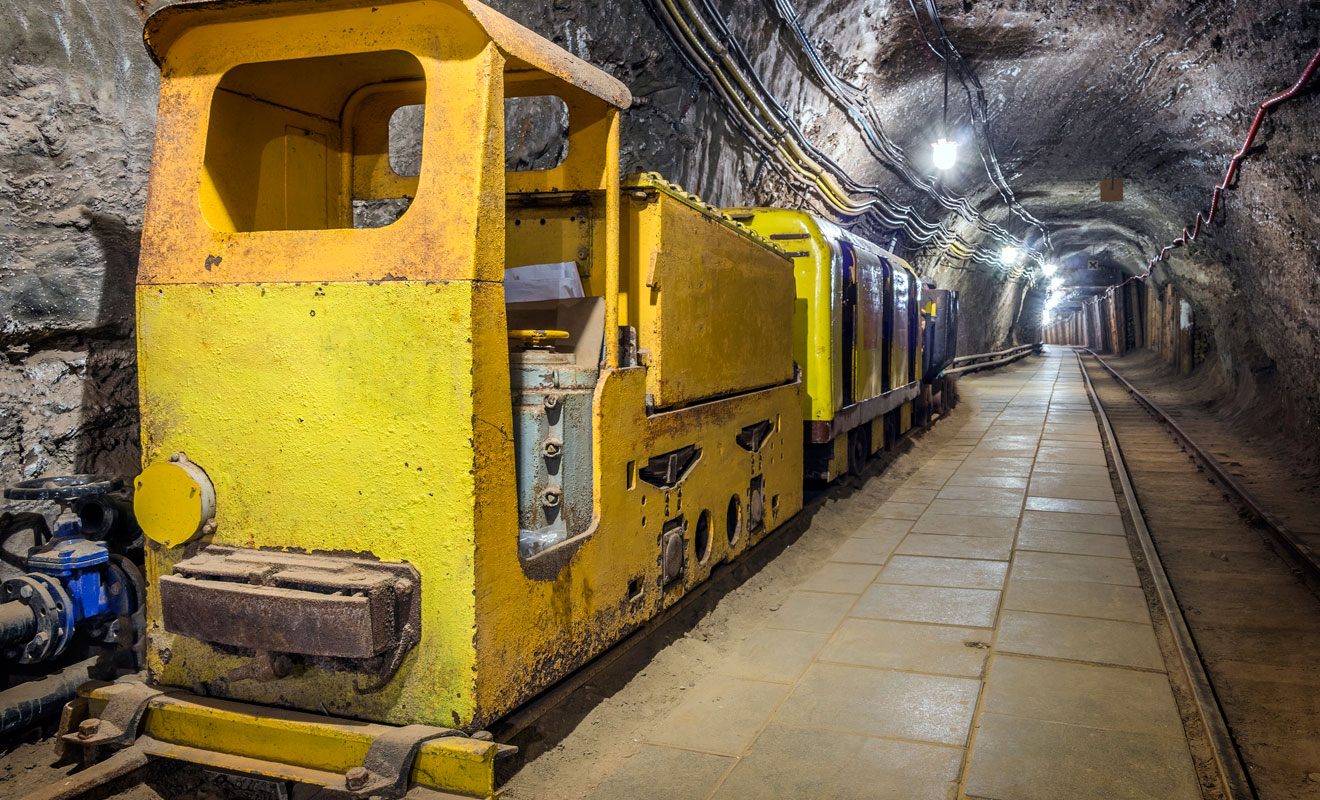Mine water damage is one of the common and serious natural disasters in mining production. Water damage not only affects the normal production of mines, but may even cause serious safety accidents. Therefore, the prevention and control of mine water hazards is particularly important.
Mine water damage mainly includes the following types:
Surface water intrusion: due to rainstorm or flood, surface water enters the mine through cracks, faults and other ways.
Groundwater leakage: During the mining process, groundwater seeps into the mine through rock fractures or aquifers.
Water accumulation in goaf: In the goaf of a mine, water accumulation may suddenly flow into the mine under pressure due to changes in geological structure.
The causes of mine water damage are complex, mainly related to the geological conditions, mining techniques, and hydrological environment of the mining area. Understanding the causes of water hazards is the foundation of prevention and control work.
In order to effectively prevent and control mine water hazards and ensure mine safety production, the prevention and control work should follow the following basic requirements:

Strengthen exploration and monitoring: Before mining, conduct detailed geological and hydrogeological exploration to understand the geological structure, hydrological conditions, and possible water sources in the mining area. Install monitoring equipment to monitor real-time parameters such as mine water level, water pressure, and water inflow, and promptly detect abnormal situations.
Improve drainage system: Based on the actual situation of the mining area, design and construct an effective drainage system, including drainage wells, drainage pumps, and drainage pipelines. Regularly inspect and maintain drainage equipment to ensure its normal operation and prevent water damage caused by equipment failures.
Strengthening tunnel waterproofing: When designing tunnels, fully consider waterproofing requirements and reasonably select tunnel positions and support methods. In tunnel construction, waterproof materials such as waterproof concrete and waterproof coatings are used to enhance the waterproof ability of the tunnel.
Preventive measures: Before mining, pre grouting treatment should be carried out in areas where water damage may occur to seal off water sources. Before mining, drain the accumulated water around the mine in advance, lower the water level, and reduce the pressure of water damage during the mining process.
Emergency plan: Develop a detailed water disaster emergency plan, clarify the emergency response process, division of responsibilities, and rescue measures. Regularly organize water disaster emergency drills to improve the emergency response capabilities of mine staff, and be able to respond quickly and orderly in the event of water disasters.
In practical operation, the prevention and control of mine water hazards need to be combined with the specific situation of the mining area, and multiple measures should be taken in parallel. Here are some common prevention and control measures:
Geophysical exploration and drilling: Through geophysical exploration and drilling techniques, detailed exploration of the geological structure and hydrological conditions of the mining area is carried out to determine the location of aquifers and the distribution of water sources, providing scientific basis for prevention and control work.
Grouting for water blocking: For areas with developed cracks and easy water seepage, grouting technology is used to inject cement slurry or chemical slurry to block the water source and prevent groundwater leakage.
Mining process adjustment: Based on hydrogeological conditions, adjust the mining sequence and methods reasonably to avoid water damage caused by mining. For example, in situations where there is a lot of water accumulation in goaf, segmented mining or backfilling methods can be used to reduce the risk of water damage.
Drainage system optimization: Construct a multi-level drainage system that can effectively drain water under different water level conditions. For areas with high water inflow, independent drainage tunnels can be set up to improve drainage capacity. Equipped with backup drainage equipment, in case of main drainage equipment failure, the backup equipment can be activated in a timely manner to ensure the reliability of the drainage system.
Surface protection: flood control dams, intercepting ditches and other facilities shall be built around the mining area to prevent surface water from invading the mine during rainstorm or flood. Greening the mining area to reduce surface water infiltration and improve surface protection capabilities.
Mine water hazard prevention and control is an important component of mine safety production, which is related to the normal operation of mines and the safety of employees. By strengthening exploration and monitoring, improving drainage systems, implementing grouting to block water, adjusting mining processes, and strengthening surface protection measures, mine water hazards can be effectively prevented and controlled, ensuring mine safety production. Mining enterprises should attach great importance to water hazard prevention and control work, continuously improve prevention and control measures, enhance prevention and control effectiveness, and achieve safe production and sustainable development.







Comment